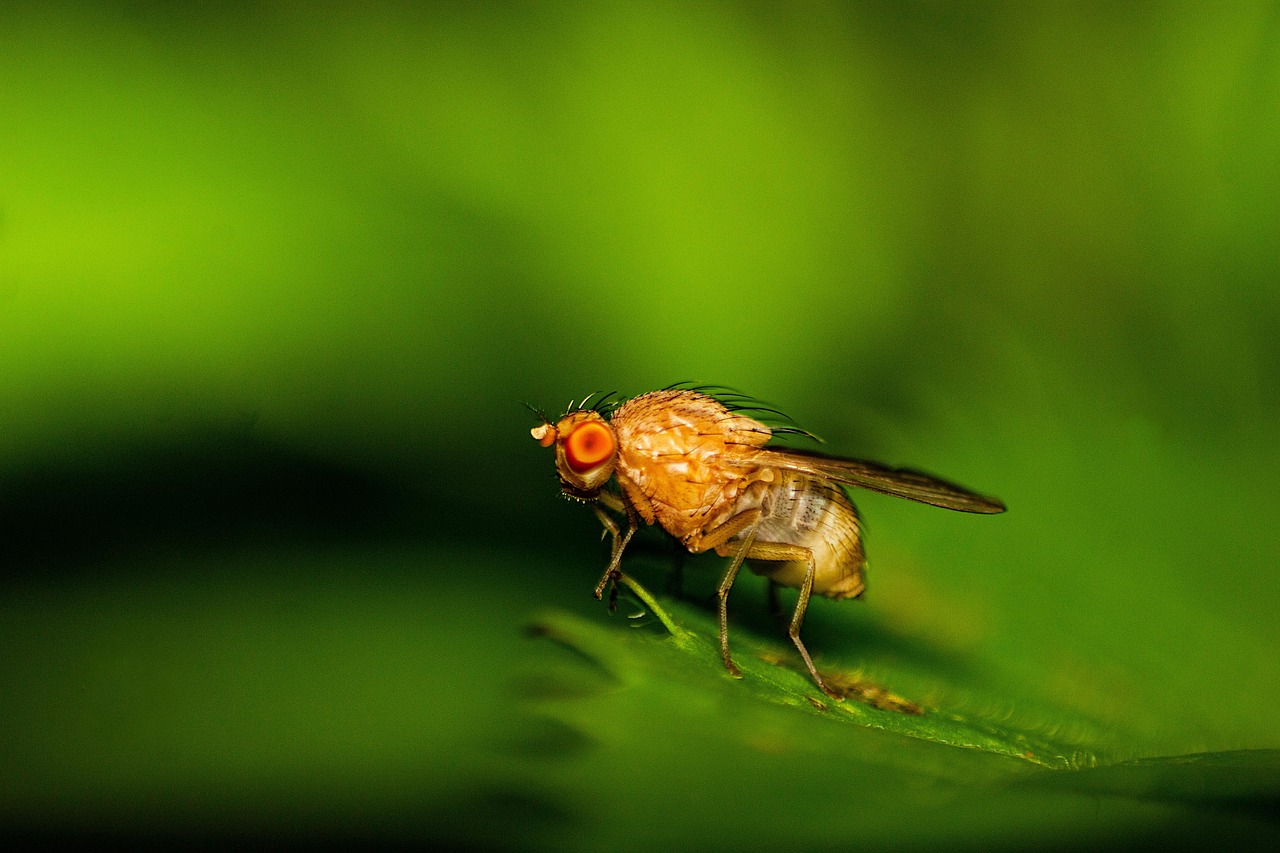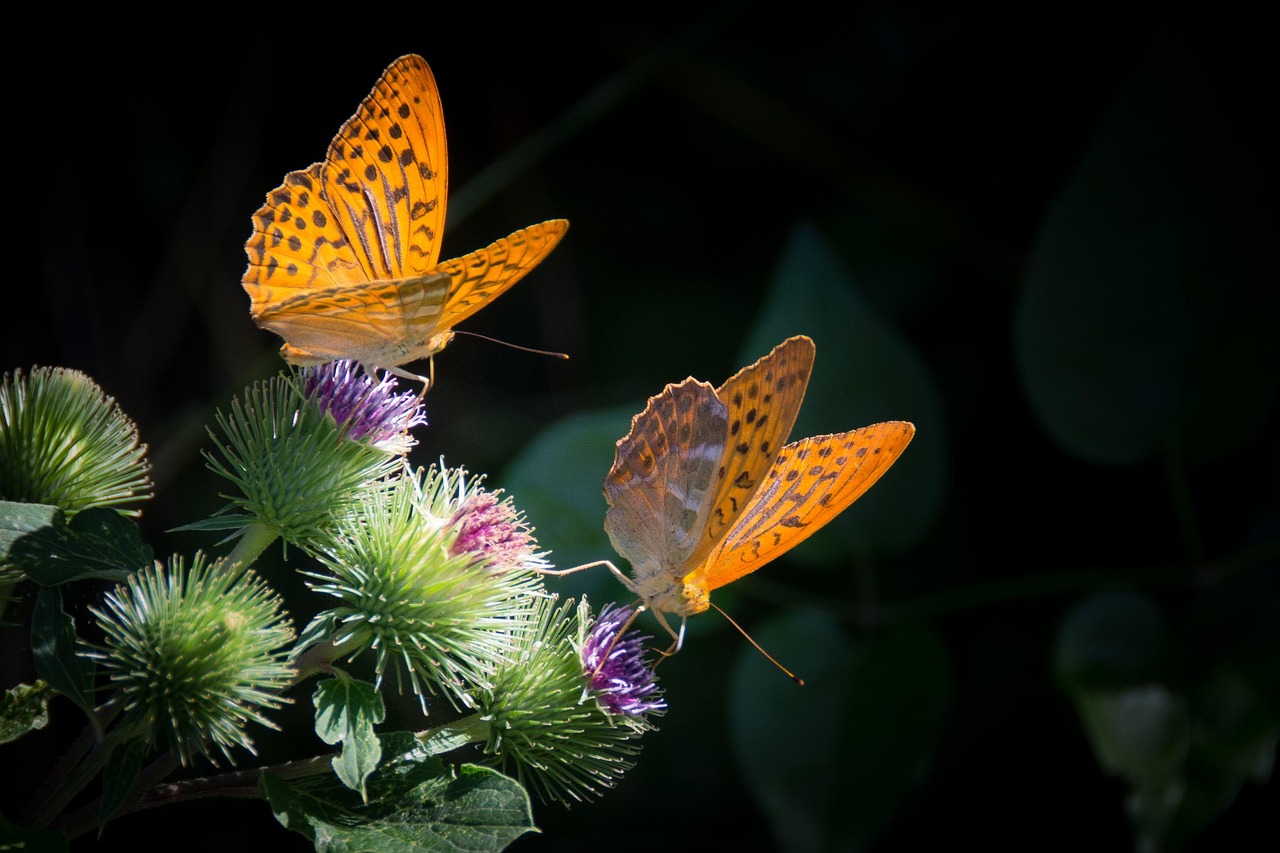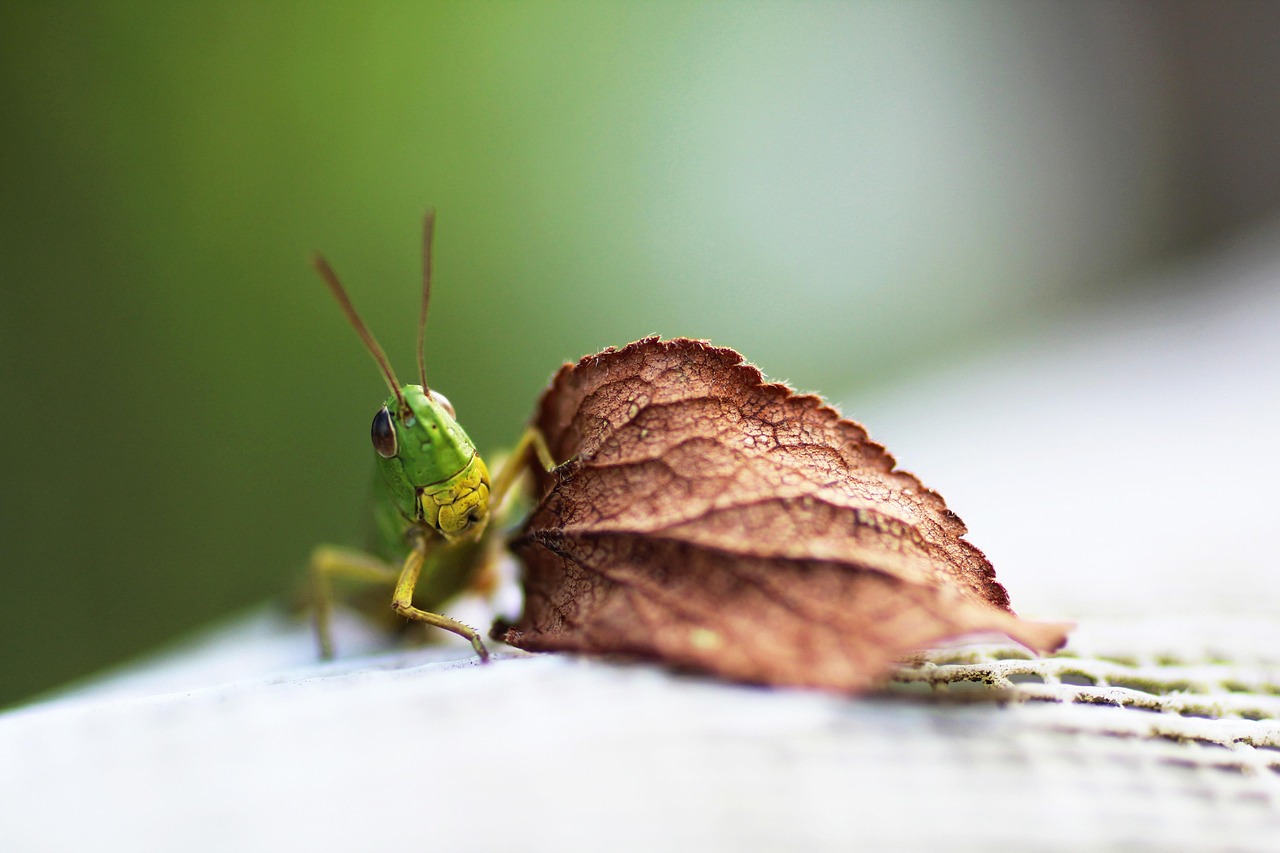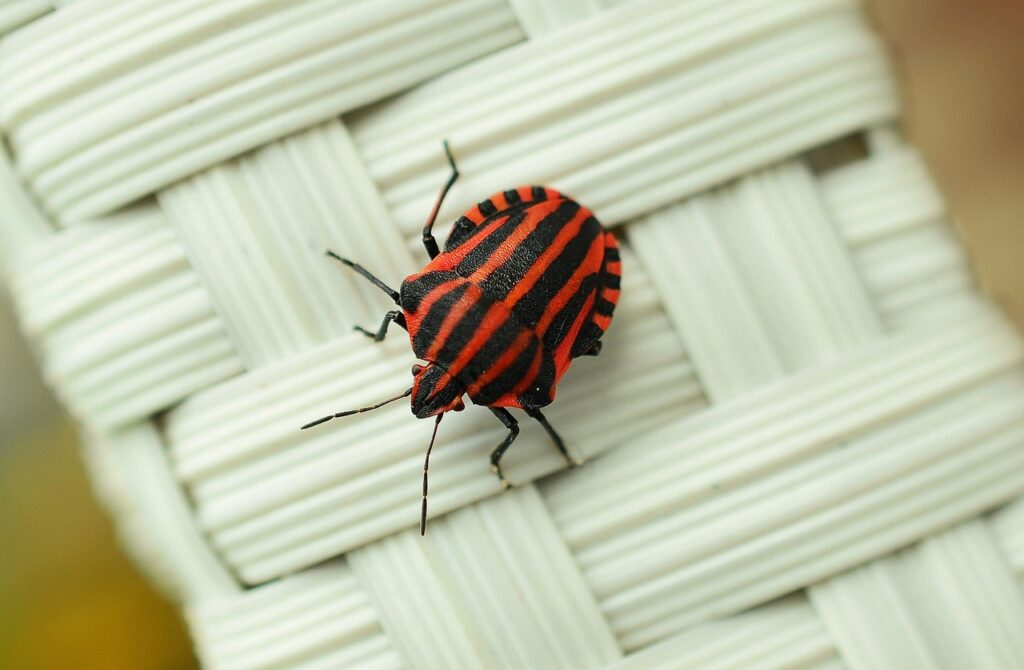Picture this: while humans were still dreaming of walking on the moon, tiny fruit flies were already floating weightlessly among the stars, conducting the universe’s first biological experiments in zero gravity. These microscopic pioneers didn’t volunteer for their cosmic journey, but they became the unsung heroes of space exploration. Long before Neil Armstrong took his famous first steps, insects were quietly revolutionizing our understanding of life beyond Earth’s atmosphere.
The Tiny Trailblazers of 1947

February 20, 1947, marked a historic day that most people have never heard of. A V-2 rocket launched from White Sands Missile Range in New Mexico, carrying the world’s first biological space passengers: fruit flies and corn seeds. These weren’t just random stowaways – they were carefully selected test subjects for a groundbreaking experiment.
The fruit flies reached an altitude of 109 kilometers, officially crossing the boundary into space. Scientists wanted to understand whether cosmic radiation would affect living organisms the same way it affected film and electronic equipment. When the capsule was recovered, something remarkable happened: the flies were still alive and showed no signs of radiation damage.
This single experiment changed everything. It proved that living creatures could survive the journey to space and return relatively unharmed. The implications were staggering – if tiny insects could make it, maybe humans could too.
Why Scientists Chose Insects Over Mammals
You might wonder why researchers didn’t start with mice or monkeys. The answer lies in practicality and scientific precision. Insects require minimal life support systems, take up virtually no space, and reproduce quickly enough to study genetic effects across generations.
Fruit flies, in particular, share about 75% of known human disease genes. This genetic similarity makes them perfect models for understanding how space travel might affect human biology. Plus, their short lifespan means scientists can observe entire life cycles in just weeks rather than years.
The logistics were also much simpler. A container of fruit flies weighs ounces, while a monkey requires complex feeding systems, oxygen supplies, and waste management. For those early experimental flights, every gram counted.
The Surprising Resilience of Zero Gravity Insects
What happened to insects in zero gravity shocked researchers. Instead of panicking or dying, most species adapted remarkably well to weightlessness. Some insects actually seemed to thrive in the absence of gravity, moving more efficiently than they did on Earth.
Butterflies and moths, for instance, continued their natural flying patterns even when there was no up or down. Their internal navigation systems proved incredibly robust, suggesting that life might be more adaptable to space conditions than anyone had imagined.
Even more fascinating was watching spiders build webs in zero gravity. These intricate structures, normally dependent on gravity to shape their geometry, took on entirely new forms. The spiders compensated by relying more heavily on vibrations and touch, creating functional webs that looked nothing like their Earth-bound counterparts.
Fruit Flies: The Ultimate Space Subjects

Drosophila melanogaster, the common fruit fly, became the gold standard for space biology research. These tiny creatures have accompanied humans on hundreds of space missions, from the earliest rocket flights to modern International Space Station experiments. Their contribution to our understanding of space travel effects cannot be overstated.
Scientists discovered that fruit flies in space experienced changes in their immune systems, muscle development, and even their circadian rhythms. These findings directly informed the medical protocols used to keep astronauts healthy during long-duration missions.
The flies also revealed something unexpected: some genetic mutations that are harmful on Earth actually provide advantages in space. This discovery opened up entirely new fields of research into how evolution might work differently in extraterrestrial environments.
Spiders Weaving New Possibilities

In 1973, two garden spiders named Anita and Arabella made headlines when they successfully built webs aboard Skylab, America’s first space station. The experiment was originally suggested by a high school student, but its results revolutionized our understanding of how complex behaviors adapt to new environments.
Initially, both spiders struggled to create their normal geometric patterns. But within days, they had figured out how to compensate for the lack of gravity. Their webs became more three-dimensional, using tension and anchor points in ways that would be impossible on Earth.
This experiment proved that even highly specialized behaviors could adapt to space conditions. The implications for human adaptation were profound – if spiders could relearn fundamental skills, humans might be more flexible than expected when facing the challenges of long-term space habitation.
Bees and the Mystery of Space Navigation
Honeybees presented researchers with one of the most intriguing puzzles in space biology. These insects navigate using a combination of the sun’s position, polarized light patterns, and Earth’s magnetic field. Scientists wondered what would happen when these reference points were removed or altered.
Space experiments revealed that bees possess backup navigation systems that researchers never knew existed. Even without their normal environmental cues, bees could still perform their waggle dance – the complex communication method they use to share information about food sources with their hive mates.
The discovery of these hidden navigation abilities led to breakthroughs in understanding how astronauts might maintain their sense of direction during long missions. It also inspired new designs for spacecraft navigation systems that could function even when traditional reference points are unavailable.
The Ant Colonies That Defied Expectations
Ants in space revealed something extraordinary about collective intelligence. When researchers sent ant colonies to the International Space Station, they expected the complex social structures to break down in zero gravity. Instead, the ants maintained their organizational systems with remarkable efficiency.
The colonies adapted their tunneling and foraging behaviors to work in three dimensions rather than two. Worker ants developed new movement patterns that allowed them to navigate effectively in weightlessness, while maintaining their chemical communication networks.
These observations provided crucial insights into how human teams might function during long-duration space missions. The ants demonstrated that complex social behaviors could not only survive but actually improve in space environments, offering hope for successful human colonization efforts.
Moths and the Circadian Clock Challenge
Moths brought a different set of challenges to space research. These nocturnal insects rely heavily on light cycles to regulate their internal clocks, but space presents a unique problem: the sun rises and sets every 90 minutes as spacecraft orbit Earth.
Researchers discovered that moths could adapt their circadian rhythms to these rapid light cycles, but the process caused significant stress to their systems. This finding was crucial for understanding how astronauts might cope with the disrupted day-night cycles of space travel.
The moth experiments led to the development of specialized lighting systems used on the International Space Station today. These lights help maintain astronauts’ circadian rhythms and prevent the sleep disorders that plagued early space missions.
Cockroaches: The Unexpected Space Survivors
If you think cockroaches are tough on Earth, wait until you see what they can do in space. These resilient insects have survived extended periods of weightlessness, radiation exposure, and the vacuum of space itself. Their extraordinary durability made them ideal subjects for understanding the absolute limits of biological survival.
Space-traveling cockroaches showed remarkable adaptations in their reproduction and development. Some actually grew larger in space, while others developed enhanced radiation resistance. These changes suggested that life might evolve differently in space environments.
The cockroach experiments also revealed important information about bone density and muscle development in zero gravity. The insects’ exoskeletons provided insights into how human bones might be protected during long-duration space missions, leading to new exercise protocols for astronauts.
Butterflies: Beauty in Zero Gravity

Monarch butterflies brought an element of wonder to space research that captured public imagination. Watching these delicate creatures navigate weightlessly through spacecraft compartments provided both scientific data and emotional inspiration for space exploration programs.
The butterflies’ flight patterns in zero gravity were mesmerizing. Without gravity to pull them down, they could fly in perfect spirals and loops that would be impossible on Earth. Their wing movements became more efficient, requiring less energy to maintain flight.
Perhaps most remarkably, butterflies that developed from caterpillars in space showed no signs of developmental problems. This discovery was crucial for understanding whether complex life cycles could continue normally in space environments, providing hope for long-term space colonization.
Crickets and the Sound of Space

Crickets in space faced a unique challenge: how to communicate through sound in an environment where traditional acoustics don’t work the same way. These musical insects had to adapt their chirping patterns to function in the confined spaces of spacecraft.
Researchers found that crickets actually became more vocal in space, possibly compensating for the altered acoustic environment. Their songs also changed in frequency and pattern, developing new variations that had never been heard on Earth.
The cricket experiments provided valuable data about how sound travels in spacecraft environments. This information was essential for designing communication systems and noise control measures for human space missions.
Wasps: Predators Adapting to New Hunting Grounds
Predatory wasps brought a different dynamic to space research. These hunters had to adapt their attack strategies to work in zero gravity, where traditional physics of flight and prey capture no longer applied.
The wasps developed new hunting techniques that utilized the three-dimensional nature of weightlessness. They learned to use spacecraft walls and equipment as launching points, creating hunting strategies that were far more efficient than their Earth-bound methods.
These behavioral adaptations provided insights into how human reflexes and motor skills might change during long-duration space missions. The wasp experiments influenced the development of astronaut training programs and spacecraft design considerations.
Beetles: The Armored Ambassadors of Space
Various beetle species have made the journey to space, each bringing unique challenges and discoveries. Their hard exoskeletons made them ideal subjects for studying how protective structures might function in space environments.
Some beetles showed remarkable improvements in their physical condition during space flights. The absence of gravity reduced stress on their joints and allowed for more efficient movement patterns. Others developed enhanced sensory capabilities to compensate for the altered environment.
The beetle experiments were particularly valuable for understanding how protective equipment might function in space. Their natural armor provided insights into designing better spacesuits and protective gear for human space exploration.
The Legacy of Insect Space Pioneers
The contributions of insects to space exploration extend far beyond their individual experiments. These tiny creatures have collectively provided the foundation for almost everything we know about biology in space environments. Their sacrifices and adaptations have made human space travel possible.
Every astronaut who has ever flown owes a debt to these insect pioneers. The medical protocols, life support systems, and safety procedures that keep humans alive in space were all developed based on data gathered from insect experiments.
Today, insects continue to accompany humans on space missions, serving as biological indicators and research subjects. They remain our most reliable partners in understanding how life might adapt to the extreme environments we’ll encounter as we venture deeper into the cosmos.
The next time you swat a fly or step around an ant, remember that their relatives have been exploring the universe longer than any human. These small creatures have shown us that life is far more adaptable and resilient than we ever imagined. Who knows what other secrets they might reveal as we continue our journey among the stars?

